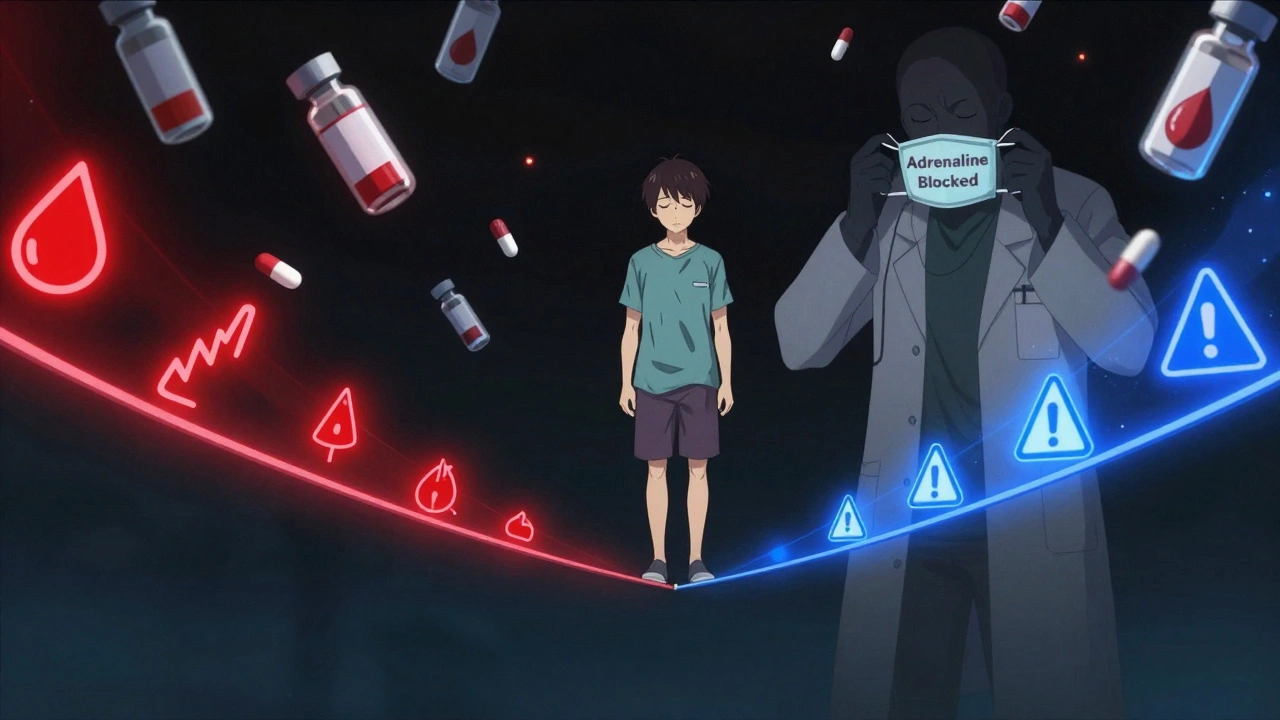Antibiotic Therapy: What It Is, How It Works, and Which Drugs Are Best
When you have a bacterial infection, antibiotic therapy, the targeted use of drugs to kill or stop the growth of harmful bacteria. Also known as antibacterial treatment, it’s one of the most common medical interventions worldwide — but it’s also one of the most misunderstood. Antibiotic therapy isn’t just popping a pill when you feel sick. It’s a precise tool that only works against bacteria, not viruses like colds or flu. Using it when it’s not needed doesn’t help — it just makes future infections harder to treat.
Not all antibiotics are built the same. doxycycline, a tetracycline-class drug often used for acne, Lyme disease, and respiratory infections, works differently than clindamycin, a lincosamide antibiotic typically prescribed for skin infections or dental abscesses. Then there’s ceftin, a second-generation cephalosporin used for sinusitis, ear infections, and urinary tract infections. Each has its own strengths, side effects, and risks of resistance. That’s why choosing the right one matters — and why some people end up with side effects like diarrhea, yeast infections, or even C. diff, a dangerous gut infection caused by antibiotic overuse.
What you’ll find here isn’t just a list of drugs. It’s a real-world guide to how these treatments compare, when they’re actually needed, and which ones doctors reach for most. You’ll see side-by-side breakdowns of doxycycline vs. alternatives, clindamycin vs. other antibiotics, and how ceftin stacks up against amoxicillin or azithromycin. No fluff. No marketing. Just clear, practical comparisons based on how these drugs are used in clinics and by real patients.
Cycloserine for Nocardiosis: Dosage, Effectiveness, and Safety Guide
A practical guide on using cycloserine for nocardiosis, covering dosing, safety, monitoring, and alternatives for clinicians.






